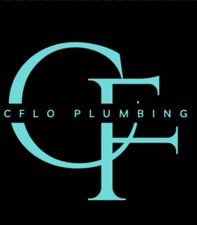
Get matched with top mulch and topsoil pros in Kingston, ID
Enter your ZIP and get matched with up to 5 pros
Need a pro for your mulch and topsoil service project in Kingston, ID?
Verified Reviews for Mulch And Topsoil Service pros in Kingston, ID
*The Angi rating for Mulch And Topsoil Service companies in Kingston, ID is a rating based on verified reviews from our community of homeowners who have used these pros to meet their Mulch And Topsoil Service needs.
*The HomeAdvisor rating for Mulch And Topsoil Service companies in Kingston, ID is a rating based on verified reviews from our community of homeowners who have used these pros to meet their Mulch And Topsoil Service needs.
Last update on December 10, 2025
Find Mulch and topsoil pros in Kingston
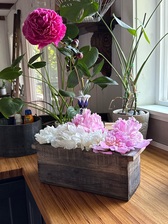
Rainey Day Home Services
Rainey Day Home Services
We have a $45 per hour and a 3 hour minimum for basic tasks. This excludes electrical-design-finish carpentry. These tasks would require a bid. Cost will vary according to size and scope. We take great pride with everything we create - from changing out a light fixture to redesigning a yard. My 30 years of experience in the home renovation business is my passion. I have a great eye for design and functionality. Please see my reviews . They speak to my commitment trustworthiness and quality of work. Look forward to helping you create your vision in your sanctuary called home.
"So professional and friendly. From the first visit to quote the job to the finish they were always in communication. So pleased with their work ethic and attention to detail . I highly recommend them!"
Chareese Y on November 2025
We have a $45 per hour and a 3 hour minimum for basic tasks. This excludes electrical-design-finish carpentry. These tasks would require a bid. Cost will vary according to size and scope. We take great pride with everything we create - from changing out a light fixture to redesigning a yard. My 30 years of experience in the home renovation business is my passion. I have a great eye for design and functionality. Please see my reviews . They speak to my commitment trustworthiness and quality of work. Look forward to helping you create your vision in your sanctuary called home.
"So professional and friendly. From the first visit to quote the job to the finish they were always in communication. So pleased with their work ethic and attention to detail . I highly recommend them!"
Chareese Y on November 2025

Limitless Enterprise LLC
Limitless Enterprise LLC
Here at Limitless Enterprise we specialize in interior and exterior home cleaning. All the way from pressure washing and window cleaning to normal interior and commercial cleaning as well. We also love to do landscaping and irrigation repair/installs. We are a locally owned and family business.
"What can I say? The windows look marvelous!"
Teresa W on November 2025
Here at Limitless Enterprise we specialize in interior and exterior home cleaning. All the way from pressure washing and window cleaning to normal interior and commercial cleaning as well. We also love to do landscaping and irrigation repair/installs. We are a locally owned and family business.
"What can I say? The windows look marvelous!"
Teresa W on November 2025

Inland Northwest Contracting, LLC
Inland Northwest Contracting, LLC
We take great pride in our experience, expertise, quality, and customer service that we provide to meet the consumer's needs. It is our mission to provide excellent workmanship and complete customer satisfaction from start to completion of a project. In order to understand the needs and expectations of our customers, we take great care to work and communicate with every customer in a professional manner. Our reputation is based on service, safety, and quality, regardless of how large or small the job.
"Matt was awesome to work with. Called me within two minutes of using Angi's list. Very professional and came out the following day to do an estimate. Now that the project has been completed, my two French Bulldogs are in heaven on their new lawn! Highly recommend Inland!!!"
Robert A on May 2023
We take great pride in our experience, expertise, quality, and customer service that we provide to meet the consumer's needs. It is our mission to provide excellent workmanship and complete customer satisfaction from start to completion of a project. In order to understand the needs and expectations of our customers, we take great care to work and communicate with every customer in a professional manner. Our reputation is based on service, safety, and quality, regardless of how large or small the job.
"Matt was awesome to work with. Called me within two minutes of using Angi's list. Very professional and came out the following day to do an estimate. Now that the project has been completed, my two French Bulldogs are in heaven on their new lawn! Highly recommend Inland!!!"
Robert A on May 2023
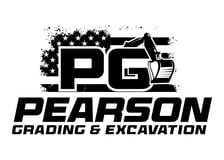
Pearson Grading & Excavation LLC
Pearson Grading & Excavation LLC
We take great pride in our experience, expertise, quality, and customer service that we provide to meet the consumer's custom needs. It is our mission to provide excellent workmanship and complete customer satisfaction from start to completion of a project. In order to understand the needs and expectations of our customers, we take great care to work and communicate with every customer in a professional manner. Our reputation is based on service, safety, and quality, regardless of how large or small the job.
"Tylor does a great job. Very professional and takes great pride in his work. Our customers are very happy with his work. "
Bryce P on December 2025
We take great pride in our experience, expertise, quality, and customer service that we provide to meet the consumer's custom needs. It is our mission to provide excellent workmanship and complete customer satisfaction from start to completion of a project. In order to understand the needs and expectations of our customers, we take great care to work and communicate with every customer in a professional manner. Our reputation is based on service, safety, and quality, regardless of how large or small the job.
"Tylor does a great job. Very professional and takes great pride in his work. Our customers are very happy with his work. "
Bryce P on December 2025
Above All Sprinklers
Above All Sprinklers
We are a locally owned and operated company that values honesty and integrity and treats your home as if it were our own. We have many years of experience to give you confidence that we are your number one choice for your next home project. You will find us to be competitively priced with close attention to the details. We look forward to building a lasting relationship and guarantee your satisfaction!
"If you are just needing very basic yard landscaping with grass and a few trees this is landscaper for you. If you are a serious gardener, who knows, explains and gives computer generated plans for planting, Sprinklers and design, I would advise using a professional who will listen and carry out your instructions as directed. The customer service seems good in the beginning but as you ask corrections of what needs fixing or is completed wrong, attitude, pride and youth play into the customer service and repairs. I would not recommend this business."
Donna M on August 2025
We are a locally owned and operated company that values honesty and integrity and treats your home as if it were our own. We have many years of experience to give you confidence that we are your number one choice for your next home project. You will find us to be competitively priced with close attention to the details. We look forward to building a lasting relationship and guarantee your satisfaction!
"If you are just needing very basic yard landscaping with grass and a few trees this is landscaper for you. If you are a serious gardener, who knows, explains and gives computer generated plans for planting, Sprinklers and design, I would advise using a professional who will listen and carry out your instructions as directed. The customer service seems good in the beginning but as you ask corrections of what needs fixing or is completed wrong, attitude, pride and youth play into the customer service and repairs. I would not recommend this business."
Donna M on August 2025
GISIN LANDSCAPE & DESIGN
GISIN LANDSCAPE & DESIGN
We accept credit cards in the office or on the job site Landscape/Sprinkler plans
We accept credit cards in the office or on the job site Landscape/Sprinkler plans
SUNRISE NURSERY LLC
SUNRISE NURSERY LLC
Full Service Nursery & Garden Center. Seasonal Employment from 2-15. We accept Cash, Debit or Credit Cards and provide "Open Accounts" for qualified customers.
Full Service Nursery & Garden Center. Seasonal Employment from 2-15. We accept Cash, Debit or Credit Cards and provide "Open Accounts" for qualified customers.
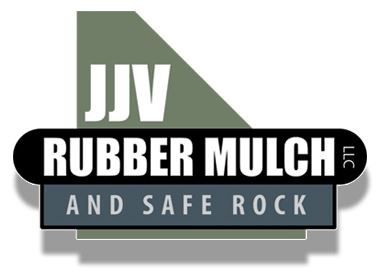
JJV Rubber Mulch and Safe Rock LLC
JJV Rubber Mulch and Safe Rock LLC
JJV Rubber Mulch and Safe Rock, stands poised and proud by providing rubber mulch products that utilizes NON-TIRE recycled rubber in the production process. JJV Rubber Mulch continues to offer a safe and clean alternative.
JJV Rubber Mulch and Safe Rock, stands poised and proud by providing rubber mulch products that utilizes NON-TIRE recycled rubber in the production process. JJV Rubber Mulch continues to offer a safe and clean alternative.
The Kingston, ID homeowners’ guide to mulch and topsoil services
From average costs to expert advice, get all the answers you need to get your job done.
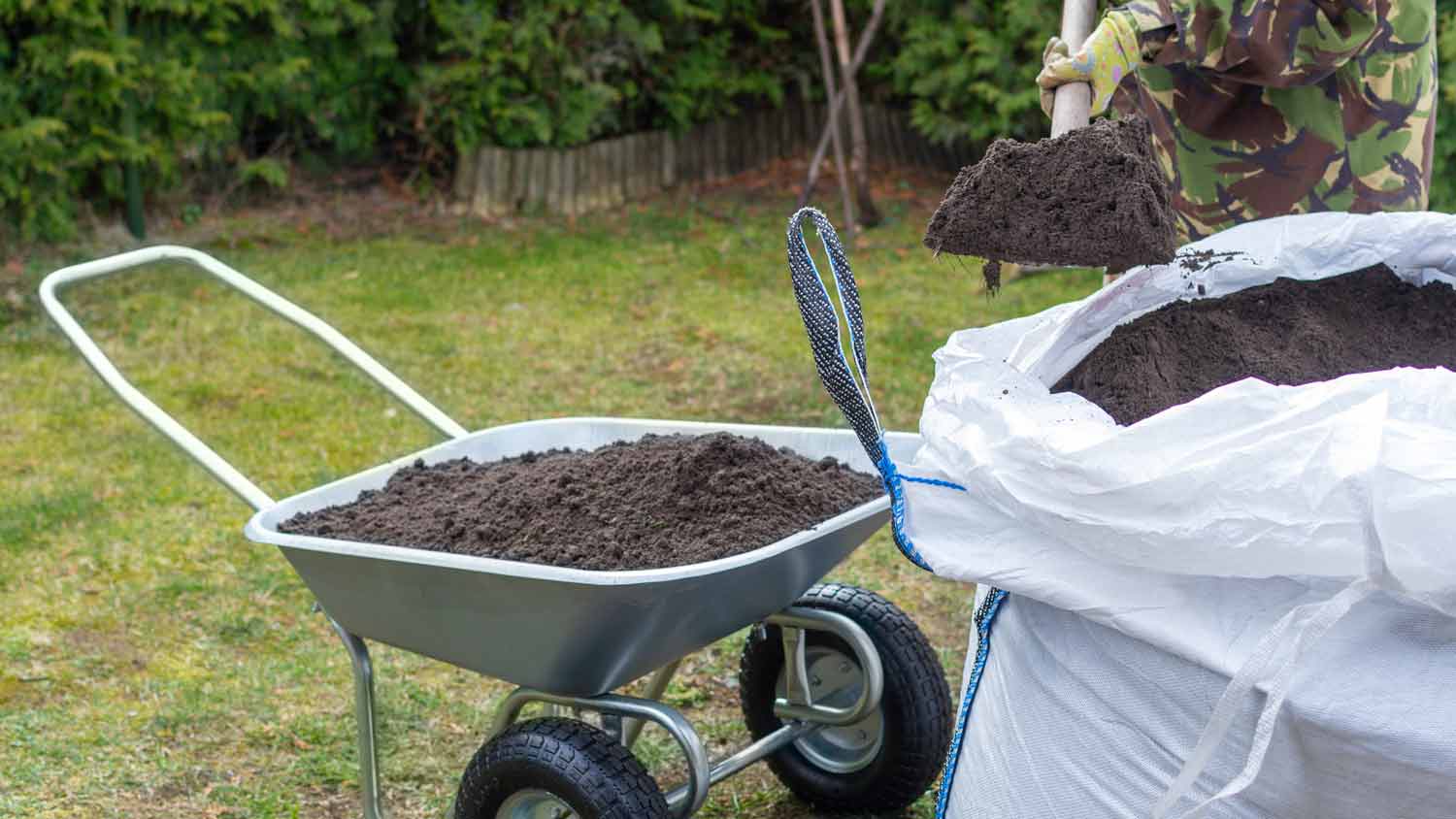 •
•Get clear, up-to-date fill dirt cost info. Learn average prices, cost factors, and tips to save on your next fill dirt project.

Gravel is an inexpensive paving material overall, but costs vary by type. Find out what average gravel prices will look like for your project.

Find out how much a soil test costs and what you get for your money with our expert guide. Know what to budget for different types of soil tests.

From wood chips to grass clippings, we like to throw around the word mulch. But what is mulch, and how do you use it properly? Let's break it down.

Looking for your next mulching material and want the full scoop on rubber mulch before you commit? Learn the pros and cons of rubber mulch here.

Get top tips for mulching your yard to help you get healthier plants, longer flowering time, and bigger harvests, whatever you're growing.
- Cataldo, ID Mulch and topsoil pros
- Harrison, ID Mulch and topsoil pros
- Saint Maries, ID Mulch and topsoil pros
- Coeur D Alene, ID Mulch and topsoil pros
- Dalton Gardens, ID Mulch and topsoil pros
- Hayden Lake, ID Mulch and topsoil pros
- Hayden, ID Mulch and topsoil pros
- Plummer, ID Mulch and topsoil pros
- Athol, ID Mulch and topsoil pros
- Bayview, ID Mulch and topsoil pros
- Post Falls, ID Mulch and topsoil pros
- Hauser, ID Mulch and topsoil pros
- Rathdrum, ID Mulch and topsoil pros
- Rockford, WA Mulch and topsoil pros
- Newman Lake, WA Mulch and topsoil pros
- Spirit Lake, ID Mulch and topsoil pros
- Liberty Lake, WA Mulch and topsoil pros
- Otis Orchards, WA Mulch and topsoil pros
- Greenacres, WA Mulch and topsoil pros
- Cabinet, ID Mulch and topsoil pros
- Veradale, WA Mulch and topsoil pros
- Cleaning in Kingston
- Kitchen And Bath Remodeling in Kingston
- Roofing in Kingston
- Property Appraiser in Kingston
- Exterior Painting in Kingston
- Buffing And Polishing in Kingston
- Septic Tank in Kingston
- Plumbing in Kingston
- Leaf Removal in Kingston
- Concrete Stamped Decorative in Kingston
- Deck Maintenance in Kingston
- Painting in Kingston
- Plumbing in Kingston
- Roofing in Kingston
- Tree Service in Kingston
- Kitchen And Bath Remodeling in Kingston
- Electrical in Kingston
- Fencing in Kingston
- Flooring in Kingston
- Concrete Repair in Kingston
- Pest Control in Kingston
- Exterior Painting in Kingston
- Siding in Kingston
- Home Builders in Kingston
- Cleaning in Kingston
- Garage Doors in Kingston
- Windows in Kingston
- Septic Tank in Kingston
- Foundation Repair in Kingston
- Lawn Irrigation in Kingston
- 🌱 "Mow a small front yard"
- 🛠 "Fix a leaking pipe under the sink"
- 🏠 "Repair shingles on an asphalt roof"

